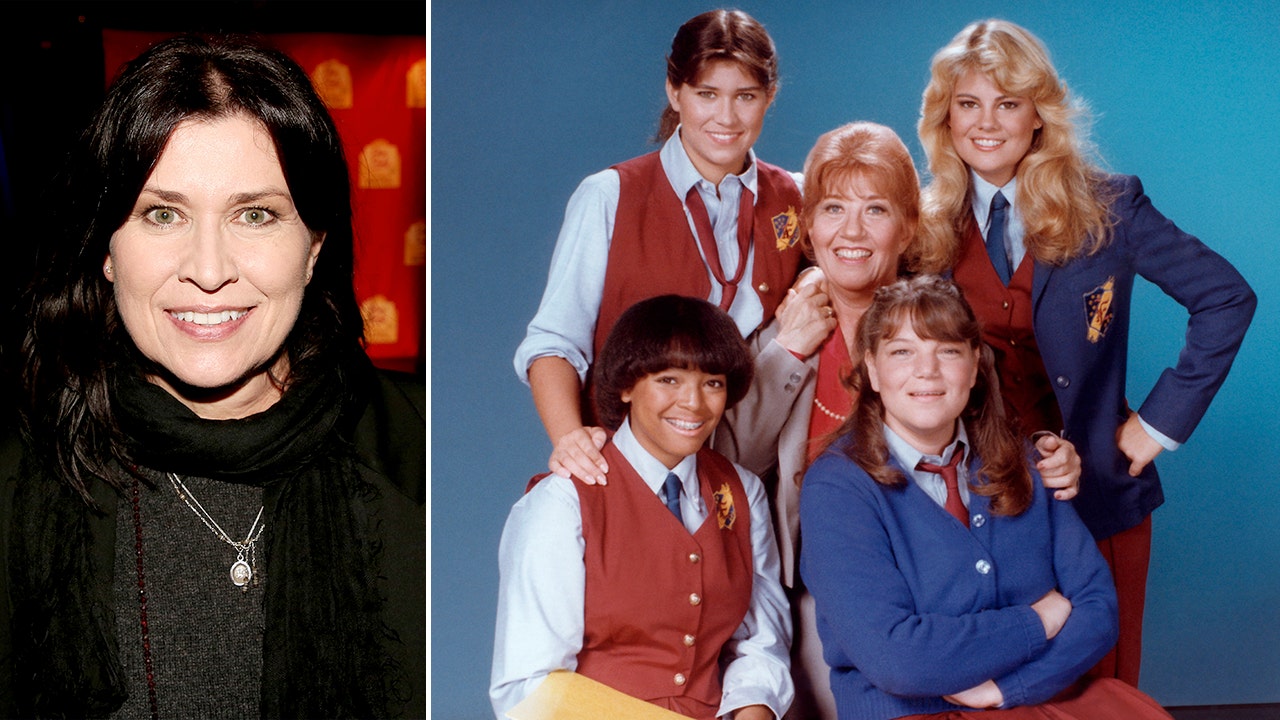Anna Wintour Reveals the Meaning Behind Her Signature Sunglasses
Fashion icon and Vogue editor-in-chief Anna Wintour is addressing her trademark look – her signature sunglasses.
While Wintour, 75, has rocked the shades and her bold bob hairstyle for decades, she explained why she chose to rock the specific ensemble.
“They help me see, and they help me not see. They help me be seen and not be seen. They are a prop, I would say,” she shared with the BBC.
The Multifaceted Symbolism of Wintour’s Eyewear
Wintour, who has been the guiding force behind Vogue since 1988, describes her sunglasses as more than a fashion statement; they serve as a complex barrier and acknowledgment of her public role. The interplay of visibility and anonymity she references encapsulates her dual existence as a revered figure in fashion and a private individual navigating the spotlight.
In January, Wintour kept her trademark dark sunglasses on while delivering the stark news of layoffs at Pitchfork, demonstrating her iconic demeanor even in uncomfortable situations. This moment prompted reflections not just on her fashion choices, but on the nature of authority and vulnerability in the creative industry.

The announcement, made during a meeting revealing Pitchfork’s merger with GQ, has drawn scrutiny. Some observed the choice to keep her sunglasses on during such a fraught conversation. Was it an intentional design of her personal style, or was it possibly a protective measure to avoid the emotional gravity of the moment? Observers were left to interpret this enigmatic choice.
“One absolutely bizarro detail from this week is that Anna Wintour – seated indoors at a conference table – did not remove her sunglasses while she was telling us that we were about to get canned,” recalled Allison Hussey, a former employee, providing a glimpse into the stark emotional distance often perceived in corporate cultures.
Beyond the Shades: Wintour’s Insights on Leadership
Wintour’s persona has sparked comparisons to the fictional Miranda Priestly, a polarizing editor-in-chief depicted in “The Devil Wears Prada.” The realities of Wintour’s life, however, showcase her dedication to creativity over the theatrics of power. “What I’m really interested in is the creative aspect of my job,” she declared, grounding her intentions beyond the sharp edges of her public image.

As the mastermind behind one of the world’s leading fashion institutions, her influence extends beyond glossy pages. Wintour also chairs the iconic Met Gala and functions as a global content adviser for Condé Nast, building a legacy that transcends parameters of traditional publishing. Yet she dismisses the chilling notion that she operates without dissent. “That is absolutely untrue. They often say no, but that’s a good thing,” she argued, demonstrating an ability to embrace collaboration amidst her authoritative stature.
While myths envelop her image, Wintour’s field is dotted with unflattering anecdotes. Still, she maintains a level of approachability, wishing for others not to fear her presence. “I hope not,” she responded during her BBC interview, a statement that hints at her understanding of the divide between public perception and personal reality.
In a world where fashion often overshadows humanity, Wintour remains a personified juxtaposition of glamor and grit. Despite rumors of her retirement, she remains steadfast in her role, declaring, “I have no plans to leave my job,” showing us that her passion for the industry burns brightly, akin to the lights of New York City’s fashion scene she so expertly navigates.

Anna Wintour’s sunglasses, therefore, transcend mere aesthetics; they encapsulate her existence—a lens through which we might glimpse both her clarity and her concealment in the elegantly chaotic world of fashion.




































